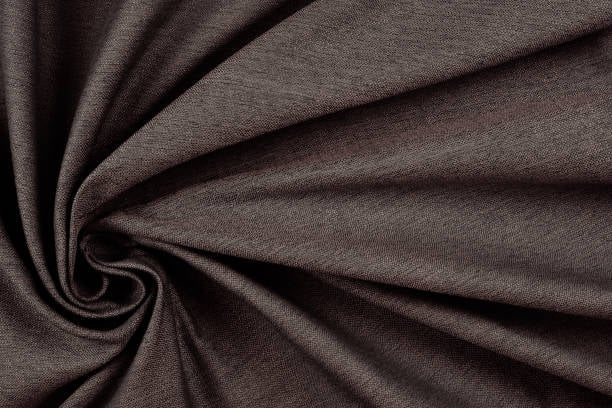Table of Contents

Introduction
polyester silk fabric is a popular choice in the textile industry due to its unique combination of characteristics. This article will explore the various aspects of polyester silk fabric, including its composition, manufacturing process, uses, and advantages. Whether you are a fashion enthusiast, interior designer, or simply curious about textiles, this comprehensive guide will provide you with valuable insights into the world of polyester silk fabric.
Composition of Polyester Silk Fabric
Polyester silk fabric is a blend of polyester and silk fibers. While silk is a natural protein fiber produced by silkworms, polyester is a synthetic fiber derived from petroleum. The combination of these two materials results in a fabric that combines the desirable qualities of both. The exact composition may vary depending on the specific product, but typically polyester silk fabric consists of approximately 80% polyester and 20% silk.
Manufacturing Process
The manufacturing process of polyester silk fabric involves blending the polyester and silk fibers together. This can be done through various methods, including spinning, weaving, or knitting. The fibers are first spun into yarns, which are then woven or knitted to create the fabric. The specific techniques used may vary depending on the desired texture, weight, and appearance of the fabric.
Softness and Luxurious Feel
One of the key advantages of polyester silk fabric is its softness and luxurious feel. The silk fibers in the fabric contribute to its smooth and silky texture, while the polyester fibers add durability and resilience. This combination creates a fabric that is both soft to the touch and long-lasting. Whether used in clothing, bedding, or home decor, polyester silk fabric provides a comfortable and indulgent experience.
Durability and Wrinkle Resistance
Another notable characteristic of polyester silk fabric is its durability and wrinkle resistance. Polyester fibers are known for their strength and resilience, making the fabric resistant to tearing and stretching. Additionally, the blend of polyester and silk fibers helps to minimize wrinkles, allowing the fabric to maintain its smooth and elegant appearance even after extended use or storage. This makes polyester silk fabric a practical choice for garments and household textiles.
Moisture Absorption and Breathability
Polyester silk fabric offers excellent moisture absorption and breathability. Silk fibers are naturally hydrophilic, meaning they have a strong affinity for water molecules. This property allows the fabric to absorb and disperse moisture, keeping the wearer dry and comfortable. Additionally, the breathable nature of polyester silk fabric helps to regulate body temperature, making it suitable for various climates and seasons.
Easy Care and Low Maintenance
When it comes to care and maintenance, polyester silk fabric is a convenient choice. Unlike pure silk, which often requires delicate handling and specialized cleaning methods, polyester silk fabric is generally machine washable. It can withstand regular laundering without losing its shape or color. Additionally, the wrinkle-resistant nature of the fabric reduces the need for ironing, saving time and effort for the user.
Versatility in Design and Application
The versatility of polyester silk fabric makes it a favorite among designers and manufacturers. Its blend of polyester and silk fibers allows for a wide range of design possibilities. Polyester silk fabric can be dyed in various colors, printed with intricate patterns, or embossed with textures. This versatility makes it suitable for a wide range of applications, including clothing, accessories, upholstery, drapery, and more.
Affordability and Accessibility
Compared to pure silk fabric, polyester silk fabric offers a more affordable alternative without compromising on quality. Silk is a luxurious and expensive material, but by blending it with polyester, the cost of production is reduced, making polyester silk fabric more accessible to a wider audience. This affordability factor has contributed to the popularity of polyester silk fabric in the fashion and interior design industries.
Eco-Friendly Considerations
Polyester silk fabric also presents eco-friendly advantages. Polyester fibers are made from recycled materials, such as plastic bottles, reducing the demand for new petroleum extraction. Additionally, blending polyester with silk helps to extend the lifespan of silk fibers, as the polyester provides added strength and durability. By choosing polyester silk fabric, consumers can contribute to sustainable fashion practices and reduce their environmental footprint.
Conclusion
Polyester silk fabric offers a range of benefits, making it a desirable choice for various applications. Its composition, manufacturing process, and unique characteristics make it a versatile and eco-friendly option in the textile industry. Whether you are looking for softness, durability, moisture management, or affordability, polyester silk fabric has you covered. Embrace the elegance and practicality of polyester silk fabric and enjoy the luxurious experience it brings.
